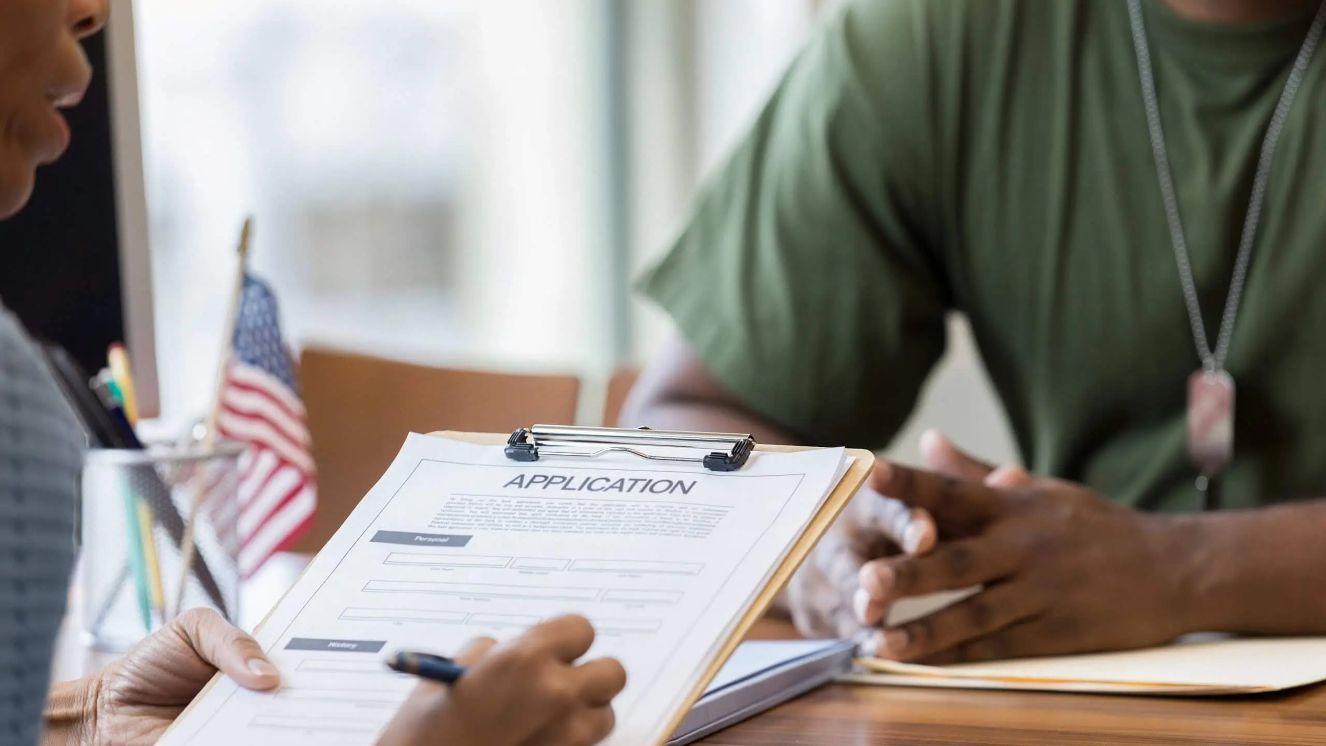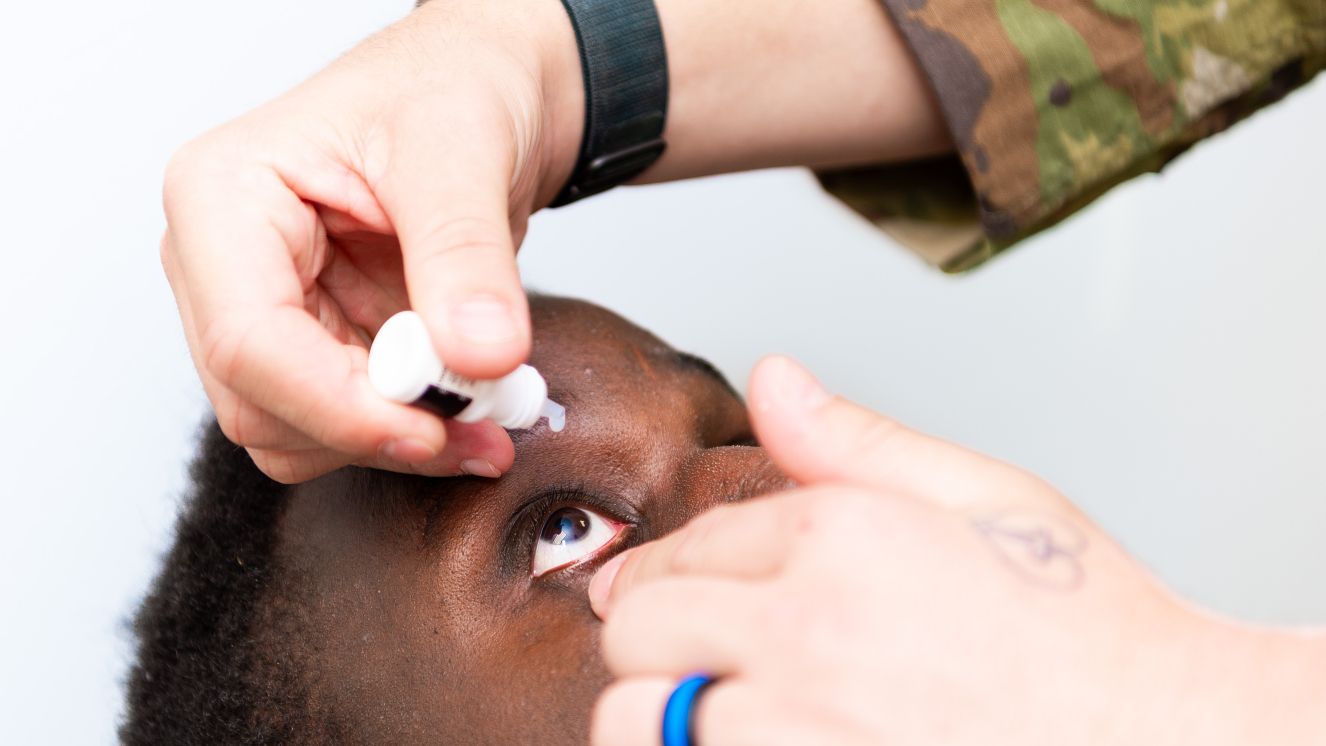WORLD WAR 2 HALLOWEEN: RATIONING IMPACTS FESTIVITIES

Since Irish immigrants brought over traditions in the 19th century, boys and girls of every age have been gathering in October to enjoy all things strange. Halloween is a beloved holiday still enjoyed today, yet during World War 2, things worked a little differently. Nevertheless, each World War 2 Halloween celebration was one of resilience among the American people, who made do with what they had, broke a few rules, and overall, had a lot of fun during bleak times.
World War 2 Halloween: Historical Festivities Overview
Between 1942 and 1944, times were different and each World War 2 Halloween celebration is a testament to those changes.There were plenty of traditional orange, black, and yellow fall colors being used. There was also trick or treating, costumes being worn, and even gatherings. But, the nature of these events was different than pre and post-war activities.Below, we’re taking a closer look at Halloween during WW2 and how Americans adapted to keep the party going.
Halloween Parties During WW2
A look back at Halloween gatherings during WW2 shows that both adults and children had events to enjoy, featuring many of the things you’d expect to find at a party.For example, there were traditional Halloween decorations, costumes, ghost houses, and prizes for people of all ages to enjoy.Children's parties were often organized by clubs, community groups, schools, churches, and PTAs.However, one notable difference is that some communities canceled large public Halloween events.This includes parades and festivals, though not every community omitted these gatherings, some did to conserve labor and resources for the war effort.
Costumes
From TikTok shops, to Amazon carts, to Spirit Halloween, there is no shortage of costumes available today. However, many of those worn by children and adults alike were homemade during WWII.Several costumes were exactly what you’d expect—witches, pirates, ghosts, etc.However, it’s also no surprise that the values and social norms of today are much different than they were several decades ago.Many Halloween costumes during WW2 involved racial and cultural stereotypes that wouldn’t be as acceptable today due to their insensitivity.Additionally, because of the increased level of patriotism during WWII, several costumes focused on American themes, including camouflaged troops, nurses for the Red Cross, and even Uncle Sam.Some organizers would have costume contests and scary movie nights, where those attending would receive incentives for bringing rations that were donated towards the war effort.
Tricks and Treats
Each World War II Halloween had a big concern on the minds of officials—pranks.After all, treats are nice but pulling off tricks is just as much a part of the celebration.To curtail potential pranksters, curfews and strict warnings, including calling pranksters saboteurs working for the Axis, were used.While this may seem like a bit much, it once again goes back to rationing. Replacing damaged items was difficult at the time, and using materials in a wasteful manner was frowned upon.Newspapers discouraged pranks like ringing doorbells late at night, which could disrupt essential workers helping with the war effort as well.In some cities, youth responded to concerns by organizing campaigns against vandalism and conducting scrap drives.However, despite these efforts, pranksters still defied the odds in some cases, leading to a bit of mischief to the dismay of those who were at the receiving end of things.Because sugar rationing was in effect, newspapers promoted ration-friendly recipes like popcorn balls and spiced cookies. While trick-or-treating was not as common at the time, people still managed to give to children knocking on doors when they could.
Rationing Effects on World War 2 Halloween Celebrations
A little rationing went a long way. During wartime, Americans pulled together by avoiding pranks and wasteful uses of resources. Instead, they brought in materials to be used for the war effort.Thankfully, as evidenced by the findings above, the U.S. still found plenty of ways to enjoy a bit of spooky fun in a world filled with much more real fears playing out on the world stage.Rationing wasn’t just affecting Halloween during WW2. Some supplies kept being rationed for years after—most notably, sugar rations continued until 1947.World War 2 Halloween celebrations looked different but still brought communities together for fun, fright, and entertainment across the nation.Suggested reads:
- Was Tim Sheehy Shot in Combat or by Accident?
- Your Ultimate Paranormal Guide to the Ghosts of Gettysburg
- Can I Get Glasses Through the VA? Your Essential Guide
Image source: From The New York Public Library, "front cover" New York Public Library Digital Collections
BY BUDDY BLOUIN
Buddy Blouin is a Contributing Writer at VeteranLife.com
Buddy Blouin is a Contributing Writer at VeteranLife.com



